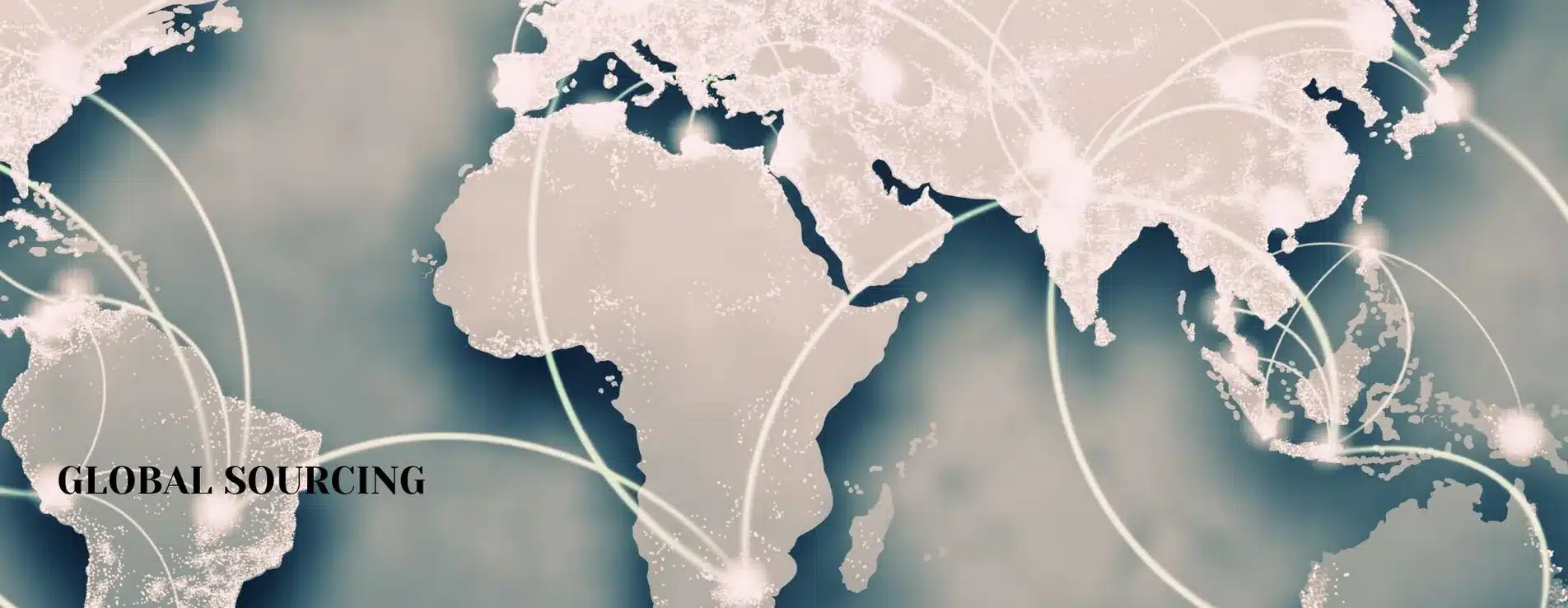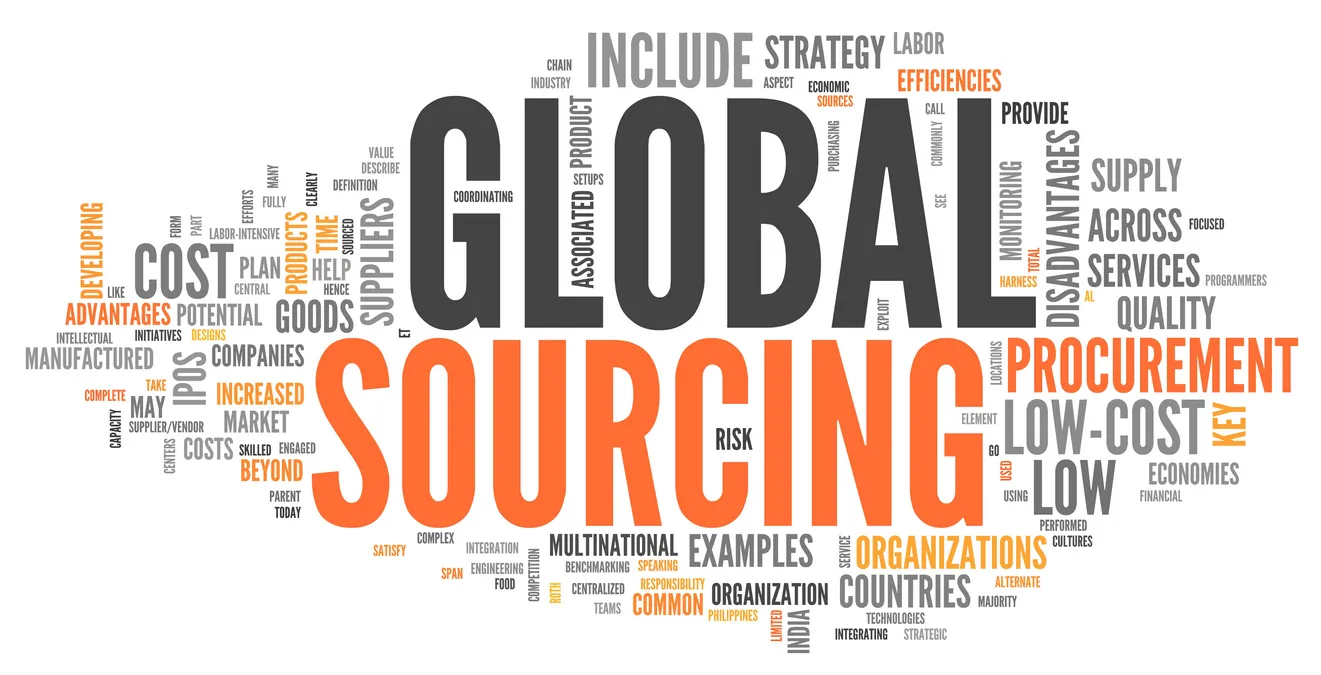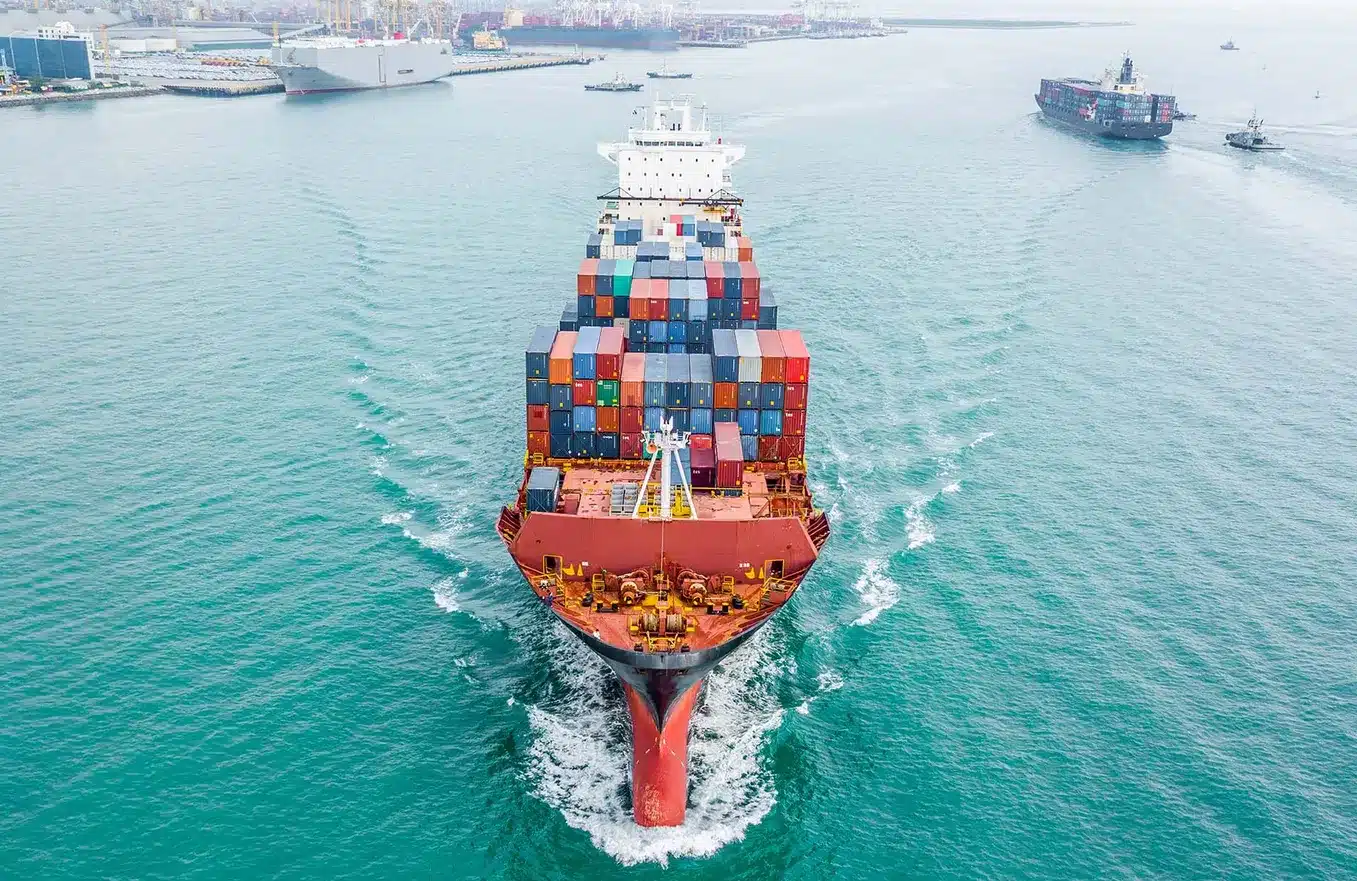Global sourcing is an example of a procurement strategy that a corporation puts into practice when a company buys goods or services from many other countries. It looks into the objectives of global sourcing, pointing at its aim of harnessing global efficiencies, like low-cost skilled labor, affordable raw materials, and technological advancement. It would also include the areas of application of the same through a lot of examples, such as China for low-cost manufacturing and Eastern Europe for IT services.
Table of Contents
Exploring the Different Varieties of Global Sourcing

Companies can leverage five tiers of global sourcing to optimize their procurement processes. These tiers illustrate a developmental journey from simple local procurement to sophisticated global sourcing techniques. By adeptly advancing through these levels, businesses can craft potent procurement strategies, yielding benefits such as cost reductions, entry into new markets and supplier networks, and avenues for broader growth and expansion. Below are the five stages of global sourcing:
Local Sourcing
This approach focuses on acquiring goods and services from suppliers within the same country. Often adopted for its simplicity, local sourcing can reduce logistics costs and foster community economic growth, aligning with businesses’ goals to support local industries and minimize transportation expenses.
Cross-border Sourcing
Elevating the procurement strategy and cross-border sourcing involves engaging with suppliers from various countries. This method offers a broader spectrum of sourcing opportunities, tapping into cost efficiencies and diverse capabilities presented by the global market, particularly in emerging economies.
Structured International Procurement
This sophisticated level entails formalizing the processes of international sourcing and cementing relationships with overseas suppliers. It demands a strategic framework that encompasses understanding global market dynamics, crafting vendor evaluation standards, negotiating international contracts, and instituting robust quality assurance mechanisms.
Coordinated Procurement Across Geographies
This strategy harmonizes procurement activities across different regions or business units, necessitating extensive coordination and standardized protocols. It aims to unify procurement policies, ensuring consistency and efficiency across various operational landscapes.
Comprehensive Global Sourcing Framework
These approaches align all organizational tiers of the sourcing strategies, which could be said to be the best and represent the best. This approach leverages global market opportunities but, at the same time, ensures that the procurement process is optimized through sourcing from a diversity of suppliers across the world, underlaid by cohesion and strategy.
What Advantages Does a Global Sourcing Strategy Offer?

On the other hand, global sourcing can be a precise way to bring improvement in supply chain efficiency, resulting in financial savings, better agility, and access to new markets and suppliers’ networks. It is a strategic approach offering potential and substantial improvement in overall performance.
Here are the key advantages of implementing a global sourcing strategy:
Cost Reduction
Engaging with suppliers in low-cost countries that offer skilled labor enables companies to decrease their manufacturing expenses. This reduction in production costs can lead to lower consumer prices and heightened profitability for the business.
Expansion into New Markets and Supplier Networks
Besides, such global sourcing strategies enable individuals and companies to tap into international markets for their supplies, thus enabling them to get supplies from a variety of sources. This expansion opportunity is highest among firms in competitive sectors or those diversifying their offerings.
Enhanced Supply Chain Flexibility
On the other hand, through diversification across countries, a firm may be in a position to lower the risk of dependency on one supplier, thus minimizing the interruption risk to the supply chain.
Quality Improvement
Access to the world market also ensures that the firm, from any part of the world, can source better quality products from different parts of the world, say from the developed parts of the world that might have advanced manufacturing technologies not available in the local market.
Strategic Competitive Edge
Better optimization of the supply chain and cost management enable the company to keep prices more competitive or deliver better quality products; the revenue from both ways would be on a more robust platform in the market.

Apart from these, cultural differences and communication barriers can also pose significant challenges in global sourcing that mandate deep understanding to build effective partnerships with overseas suppliers. Another element equally important is quality control since ensuring the standard and regulation of products is also part of the reputation of any company and the trust that every company aims to maintain.
Thus, it allows the business to bring efficiency into the supply chain, lowering cost opportunities, but it is not all hunky-dory. Other complexities and added costs to transaction processes may involve crossing borders, such as international trading rules, tariffs, and quotas. And, of course, businesses have to stay attuned to the financial and political fluctuations in supplier countries, which might, in turn, affect cost and even supply chain reliability.
In these circumstances, a holistic strategy to manage these risks has to be developed when companies are going to take full advantage of global sourcing. On these bases, if the business is to make a competitive difference and rise to the summit in the global market, it has to develop ways to tackle the logistical, financial, political, cultural, and quality-related impediments.
Crafting an Effective Global Sourcing Framework

To forge a successful global sourcing strategy, meticulous planning and implementation are crucial, encompassing the establishment of clear goals, the integration of procurement activities, and continual assessment for improvement.
Here are essential steps companies should follow to secure success in global sourcing:
Define and Rank Sourcing Goals
Companies need to establish and prioritize their sourcing objectives that align with their overarching business ambitions and market requirements. For instance, if minimizing costs is crucial, focusing on suppliers from cost-effective regions becomes a priority.
Select Sourcing Regions and Suppliers
Take all measures necessary to be thoroughly convinced that the potential suppliers will be able to provide the quality, quantity, and competitive prices required.
Assess Supplier Capabilities
Once potential suppliers have been shortlisted, their credentials, financial health, production capacities, and adherence to quality standards will all require proper evaluation.
Cultivate Supplier Relationships
Thus, the efficacy of the global sourcing process is heavily dependent on strong relations with suppliers. There is supposed to be the practice of clear communication, the creation of trust, and an alignment of interests with the supplier.
Implement and Enforce Quality Controls
They even conduct audits and inspections with suppliers to assess and rectify likely problems so that, less so, the product does not encounter defects but recalls.
Regularly Evaluate and Refine Sourcing Strategy
Global sourcing is dynamic, which implies that businesses in this line must constantly review and refine their strategies. This will entail continuous supplier evaluation, following up on changes in the market, and making changes whenever needed in the sourcing approach.
Harnessing Global Sourcing Advantages
Such a deep insight into this complex area in global sourcing is of prime importance to companies that are interested in the growth and sustainability of competitive advantage.
Suppose all these different risks can be turned into benefits from global sourcing. In that case, if these different types of hurdles are managed well, organizations can open access to fresh markets, get cost savings, and at the same time elevate product quality, bolstering supply chain management.

It may involve focused efforts, expert communication, and evolving with emergent technologies and cultural shifts; nonetheless, the payoffs to it, once a successfully implemented global sourcing approach is in place, are indeed immense and transformational.
Frequently Asked Questions
What are the aims of global sourcing?
The aim is to enable taking advantage of global efficiencies to improve product or service delivery, among them being issues of low-cost skilled labor, lower total costs, increased international competition, innovative technologies, and many other incentives like tax incentives and low trading tariffs.
What is the process of global sourcing?
In putting in place effective global sourcing within the procurement and supply chain management, issues like supplier selection, quality control, logistics, regulatory compliance, and communication must be put into consideration to ensure the steady flow of materials and services across the border without necessarily losing cost-effectiveness and reliability.
What constitutes a product of global sourcing?
Global sourcing is referred to as the purchase of components or parts of offerings by a firm from worldwide sources, as opposed to local sources. For example, Starbucks sources coffee beans from different countries, such as Colombia or Guatemala.
How do outsourcing and global sourcing diverge?
On one side, outsourcing refers to the independent source used; from another side, it is the contract labor used by a firm or a company to do some function which, in the past, was carried out by employees of the said firm or company. Global sourcing is procurement or sourcing of materials or services from worldwide markets to take advantage of benefits not necessarily available domestically.
What is global sourcing and its challenges?
It does come with several challenges. Common challenges include political and economic instability, language and cultural diversity, legal and regulatory diversity, and currency fluctuation.
